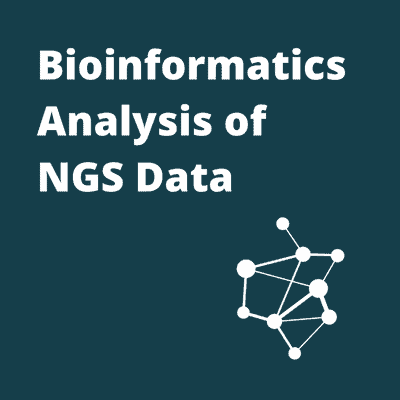Bioinformatics Analysis of NGS Data
- 14th November 2022
- Posted by: Breige McBride
- Categories: Bioinformatics, Gene Expression Analysis, Microbiome

Whether you are looking for bioinformatics analysis of NGS (Next Generation Sequencing) data or just want to learn more about how bioinformatics analyses are applied to NGS data sets, you are in the right place. Below, you will find short video walk-throughs of bioinformatics analyses of various NGS data sets.
These short videos will walk you through different bioinformatics analysis reports and detail:
- The sample types and data being analysed
- All processing steps and key results
Explanations of the background of the research project and the aims of the analysis are available above each video.
Video Examples of Bioinformatics Analysis of NGS Data
Immunological phenotype, response to therapy and survival
Fios Genomics was previously involved in a collaboration investigating response to PD-L1 blockade therapies in patients with metastatic urothelial cancers, published in Nature (Mariathasan et al., 2018, Nature). The report in the video below presents a portion of the published analysis concerning overall survival and response to treatment. In this report, we highlight the ability of high-throughput approaches to define biomarkers which accurately predict both treatment response to anti-PD-L1 therapy and overall survival in patients with metastatic urothelial cancer.
If you would like to access this report or request bioinformatics support for your own research project, please contact us.
RNAseq expression profiling of psoriatic skin
This report describes the analysis of an RNA sequencing (RNAseq) data set. The data set was generated as part of a previously published study (Di Meglio et al., 2014, Immunity). The overall aim of the bioinformatics analysis was to identify genes and pathways associated with psoriasis.
If you would like to access this report or request bioinformatics support for your own research project, please contact us.
Generation of a multi-omic signature to predict 10-year survival in breast cancer diagnosed patients
This report details the generation of a combined clinical and genomic classifier for breast cancer survival beyond 10 years. The signature generated in this study identifies key genetic and clinical markers associated with survival of greater than 10 years. In addition, it forms the basis for a predictive model to assess an individuals likelihood of survival >10 years post breast cancer diagnosis.
If you would like to access this report or request bioinformatics support for your own research project, please contact us.
Microbiome analysis of imported mouse populations between two locations
The aim of this project was to compare the microbiomes of populations of mice from two locations/timepoints (Day 0 and Day 42). Our analyses showed that there were clear shifts in bacterial populations at the genus level between the two timepoints/locations investigated.
If you would like to access this report or request bioinformatics support for your own research project, please contact us.
Expression, copy number and SNP analysis of the Broad Avana CRISPR dataset and DepMap 21Q1 CCLE data and BRAF gene dependency
This report describes the integration of gene expression, copy number and mutation datasets from the Broad Institute Cancer Cell Line Encyclopaedia (CCLE), obtained from the (DepMap Public 21Q1 release), with BRAF gene dependency data from the Broad Institute Avana Achilles project.
The aim of this report was to identify genetic features that were significantly associated with BRAF gene dependency across the DepMap cancer cell lines and indications. This approach highlighted biomarkers of BRAF dependency and could help prioritise potential novel therapeutic targets.
If you would like to access this report or request bioinformatics support for your own research project, please contact us.
We hope you now have a better understanding of bioinformatics analysis of NGS data as well as an appreciation for the biological insights that such analyses can reveal. To reveal the important insights from your own NGS data to help further your research, contact us today!
Author: Breige McBride, Content and Social Media Manager, Fios Genomics
Reviewed by Fios Genomics Bioinformatics Experts to ensure accuracy
See also
How bioinformatics can support your clinical trial
Fios Genomics on Twitter
Common steps in Single-Cell RNA-Seq data analysis
Prime editing Vs CRISPR-Cas 9
Leave a Reply
You must be logged in to post a comment.

